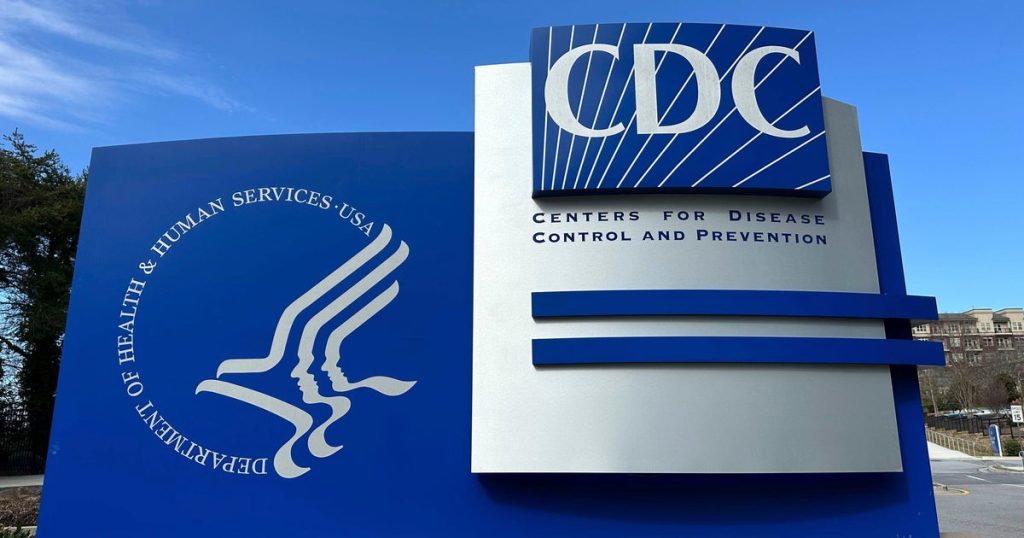Recent estimates from the Centers for Disease Control and Prevention (CDC) indicate a notable increase in COVID-19 cases across 25 states in the U.S., signaling the onset of this year’s summer wave of the virus. The agency’s modeling highlights an uptick mainly in several regions, including the Southeast, Southern, and West Coast. Despite this increase, overall COVID-19 activity remains classified as “low” nationwide, although data from wastewater samples shows a slight rise from previous levels.
| Article Subheadings |
|---|
| 1) Current Trends in COVID-19 Cases |
| 2) Seasonal Patterns of COVID-19 |
| 3) The Emergence of New Variants |
| 4) Parvovirus B19 and Its Implications |
| 5) Recommendations from Health Officials |
Current Trends in COVID-19 Cases
According to a recent report by the CDC, an uptick in COVID-19 cases has been observed across 25 states, particularly in various regions across the Southeast, Southern, and West Coast. Emergency rooms in the Pacific Northwest and Southeast are experiencing a notable increase in patient visits related to COVID-19, reflecting the highest rates seen since February and March of this year. The CDC’s analysis revealed that while there is a rise in cases, COVID-19 activity nationwide remains at a ‘low’ level based on wastewater sampling data, which can serve as an indicator of local transmission rates.
Seasonal Patterns of COVID-19
An analysis released by the CDC indicates that COVID-19 has entered a pattern of biannual surges, peaking typically in late summer and winter. This pattern suggests that as seasonal weather changes and indoor gatherings become more prevalent in the colder months, cases may escalate once again. Specifically, the report highlights that the surges appear to stem from genetic shifts in the virus, particularly in a region of the spike protein known as the S1 region that is crucial for the virus’s ability to bind to human cells. Health officials expressed concern that this cyclical pattern could persist as long as the rapid evolution of SARS-CoV-2 continues.
The Emergence of New Variants
As health officials monitor the possibility of increased COVID-19 cases this summer, they are particularly focused on the emergence of new variants that have already caused surges internationally. Variants generated from ongoing genetic mutations could influence the severity and transmissibility of the virus. Recent upticks in variants have led experts to suggest that vigilance is necessary to prevent larger outbreaks, and they continue to study the potential impact these variants could have on public health and safety measures.
Parvovirus B19 and Its Implications
In addition to COVID-19, health officials have observed a sustained increase in cases related to parvovirus B19, another respiratory virus. While many individuals infected with B19 virus remain asymptomatic, some may experience fever, muscle aches, and a rash. The CDC recently issued warnings regarding the potential for severe complications, particularly among pregnant women, who are advised to take precautions such as wearing masks to mitigate risks.
Recommendations from Health Officials
Amidst increasing reports of respiratory infections, health officials are advising communities to remain vigilant. They recommend continued monitoring of both COVID-19 and parvovirus B19 cases, urging individuals to mask up in crowded settings, particularly for vulnerable populations. Local health departments, including those in Chicago, have reported the highest percentages of parvovirus B19-related emergency department visits since 2015, highlighting the need for proactive measures in managing both respiratory infections during these summer months.
| No. | Key Points |
|---|---|
| 1 | COVID-19 cases are rising in 25 states, particularly in the Southeast, Southern, and West Coast regions. |
| 2 | Nationwide, COVID-19 activity remains low despite the increase, according to wastewater data. |
| 3 | The CDC reports cyclic surges every summer and winter linked to genetic variations of the virus. |
| 4 | Parvovirus B19 cases are also on the rise, especially affecting pregnant women. |
| 5 | Health officials recommend continued monitoring and precautionary measures, including masking in crowded spaces. |
Summary
The recent uptick in COVID-19 cases across multiple states signifies the commencement of the expected summer surge. As the CDC’s modeling suggests a seasonal fall and rise pattern could persist, health authorities are urging vigilance among the public, especially with the concurrent emergence of other respiratory viruses. Ensuring that safety protocols are followed remains essential in minimizing the potential for further outbreaks and keeping vulnerable populations protected during these warmer months.
Frequently Asked Questions
Question: What factors are contributing to the rise in COVID-19 cases this summer?
The rise in COVID-19 cases is likely influenced by seasonal changes, increased indoor gatherings, and the emergence of new variants that may enhance the virus’s transmissibility.
Question: How serious is the health risk posed by parvovirus B19?
Parvovirus B19 can lead to mild symptoms for most individuals; however, it poses a risk for pregnant women and can cause severe complications.
Question: What precautions can individuals take to protect themselves from respiratory infections?
Health officials recommend wearing masks in crowded settings, practicing good hygiene, and remaining informed about local COVID-19 and parvovirus B19 rates to make informed decisions.


